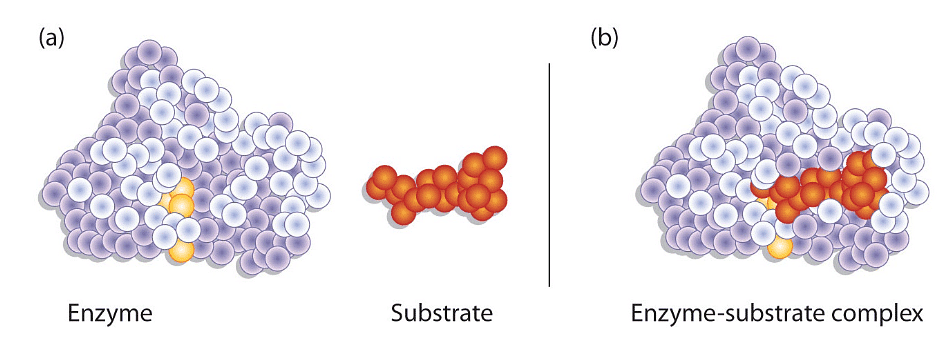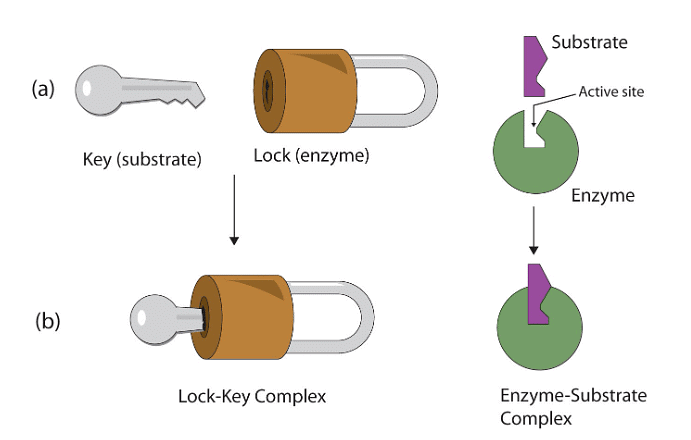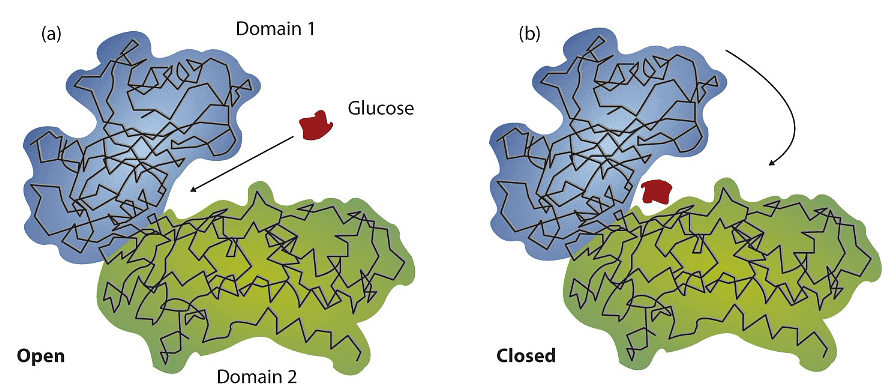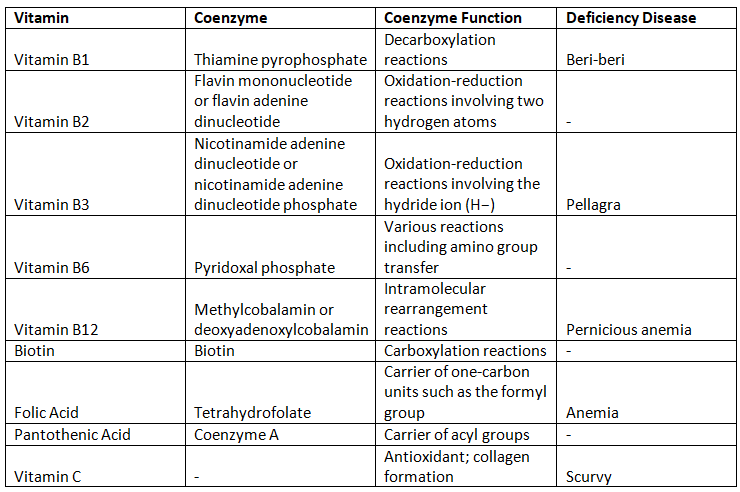Enzymes and Coenzyme | Botany Optional for UPSC PDF Download
Introduction
Enzymes and coenzymes play pivotal roles in the world of biochemistry, serving as the catalysts for a wide array of biochemical reactions. This article delves into the essential aspects of enzymes, their mechanisms, and the significance of coenzymes and vitamins in these processes.
Understanding Enzymes
Enzymes as Biological Catalysts
A catalyst is a substance that accelerates a chemical reaction's rate without being consumed in the process. Enzymes, the biological catalysts, are primarily composed of proteins and are incredibly specific in their functions. Each enzyme catalyzes a particular type of reaction, acting only on specific compounds or structurally related compounds known as substrates.
Enzymes are categorized into six classes based on the type of reaction they catalyze:
Enzyme-Catalyzed Reactions
Enzyme-catalyzed reactions occur in two stages:
- Formation of the enzyme-substrate (E–S) complex: Enzyme and substrate collide and react reversibly to create this intermediate compound.
- Formation of the product (P): The enzyme catalyzes the conversion of the E–S complex into the product, which is then released from the enzyme surface.
These reactions are facilitated by hydrogen bonding and other electrostatic interactions between the enzyme and substrate, occurring within a specialized region called the active site.
Evolution of Enzyme Models
Early models of enzyme-substrate interaction, such as the lock-and-key model, depicted enzymes as rigid structures that only bonded with substrates that precisely fit their active sites. However, modern research reveals a more dynamic process called the induced-fit model. This model suggests that enzymes can change conformation when binding to substrates, adapting their active sites to match the substrate's shape and properties.

Active Site and Amino Acids
- Amino acid side chains within or near the active site play essential roles as acid or base catalysts, aid in functional group transfer, and facilitate substrate rearrangement.
- These amino acids, often distant in the protein's primary sequence, are brought together during the protein's folding process, forming its tertiary and quaternary structure.
- Binding substrates to enzymes brings reactants into proximity, mimicking the effects of increased reactant concentration.
Exploring Enzyme Specificity
- Enzymes distinguish themselves from other catalysts through their remarkable substrate specificity. While inorganic acids like sulfuric acid can boost the rates of various reactions indiscriminately, enzymes exhibit high specificity. Some enzymes work on a single substrate, while others act on a group of related compounds with similar functional groups or chemical bonds. Some enzymes even differentiate between stereoisomers.
- For example, urease hydrolyzes urea but not related compounds like methyl urea or thiourea. In contrast, carboxypeptidase can remove nearly any amino acid from the carboxyl end of peptides or proteins.
Enzyme Cofactors and Vitamins
- Many enzymes consist solely of amino acid chains, while others incorporate nonprotein components called cofactors. These cofactors are vital for enzyme function and can be either inorganic ions (e.g., zinc or Cu(I) ions) or organic molecules known as coenzymes. Most coenzymes are derived from vitamins.
- Vitamins are organic compounds essential in trace amounts for maintaining normal metabolism. They often cannot be synthesized in sufficient quantities by the body and must be obtained from the diet. Deficiencies in vitamins can lead to various health issues.
Fat-Soluble Vitamins and Their Functions

Water-Soluble Vitamins and Their Functions

Conclusion
- Enzymes are the workhorses of biochemical reactions, driving essential processes in living organisms. Their specificity and efficiency make them indispensable in regulating cellular chemistry. Coenzymes, often derived from vitamins, play crucial roles in enzyme function, highlighting the importance of a balanced diet in maintaining health.
- As our understanding of enzymes continues to evolve, so does our appreciation for these molecular marvels that sustain life's intricate processes. Whether it's the lock-and-key or the induced-fit model, enzymes continue to captivate researchers, offering insights into the complex world of biochemistry.
|
179 videos|143 docs
|
FAQs on Enzymes and Coenzyme - Botany Optional for UPSC
| 1. What are enzymes and why are they important in biological processes? |  |
| 2. What are enzyme cofactors and how do they contribute to enzyme activity? |  |
| 3. How do vitamins play a role as enzyme cofactors? |  |
| 4. Can enzyme cofactors be synthesized by the body or do they need to be obtained through the diet? |  |
| 5. How do enzyme cofactors and vitamins impact overall health and well-being? |  |















